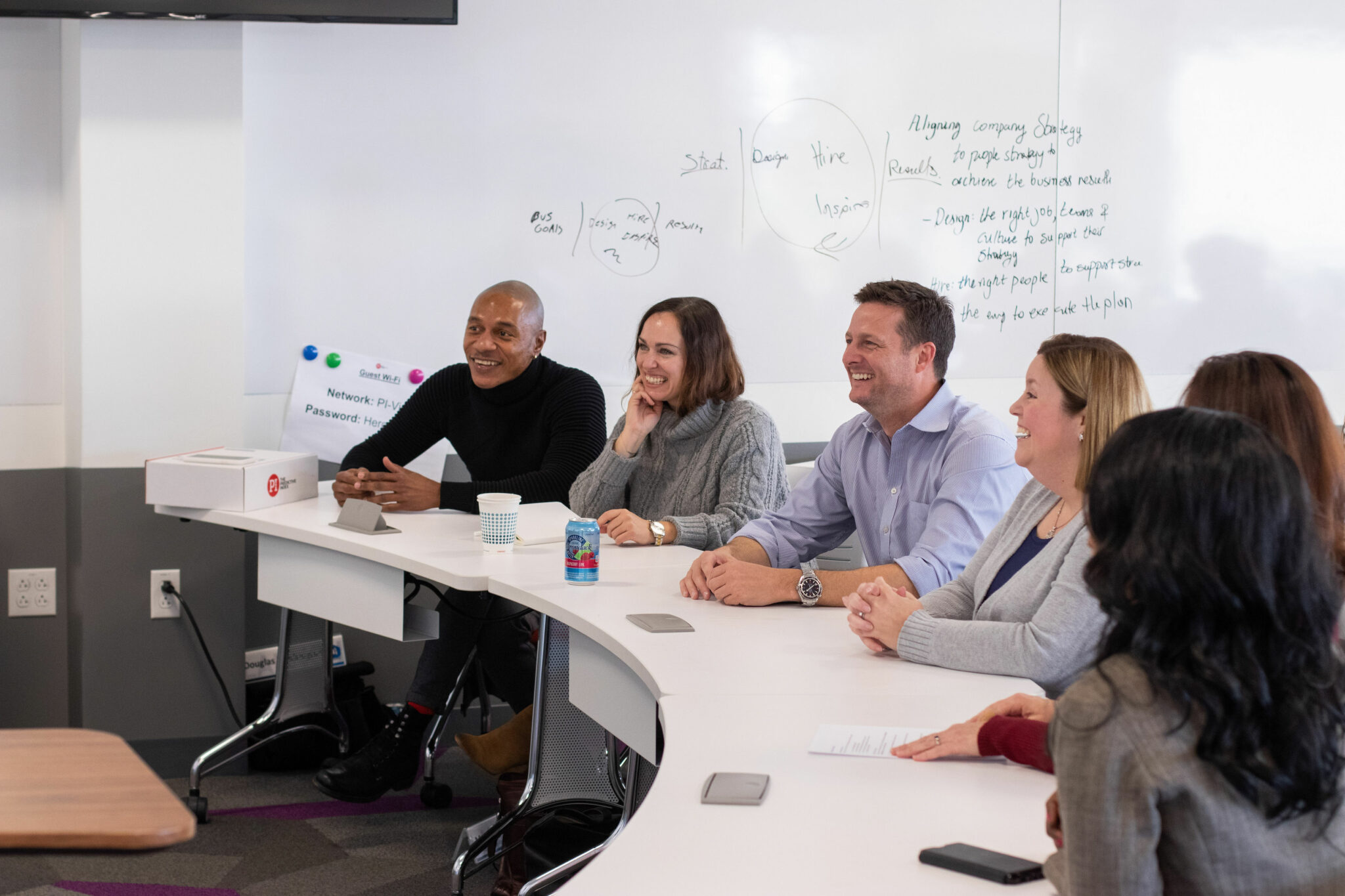by: David Silbert– Guardian, Guest Columnist, The Predictive Index
Organizations live or die by the power of their teams. Whether you’re tackling an ambitious goal, navigating a delicate client call, or adapting in the face of unprecedented change, you want your very best people at the helm.
Yet assembling that Avengers-level team can be daunting. All-star talent is hard to come by. Even if you do have superheroes you can call upon, those personalities may fail to gel as a cohesive whole.
PI Design can help. Powered by 65 years of behavioral data, Design gives you the insights to build teams that get along, and get along well. No more guesswork when deciding who’s tackling your next big project or initiative—just pure science.
Here are five ways PI Design can help your teams take flight:
“Organizations live or die by the power of their teams.”
1. Get leaders aligned on strategy.
If there’s one team that can’t afford to fail, it’s your leadership team. When executives can’t agree on their goals, it means your employees probably can’t either. And that dysfunction can have massive ramifications on productivity—and your bottom line.
PI Design helps leaders align on their biggest business objectives to ensure both clarity and consensus about the path ahead. Use behavioral data to assess the people in the room leading this strategy—so you can predict your likelihood of success.
2. Nip toxic cultures in the bud.
No organization wants to be a toxic work environment—and yet, those cultures exist. While toxicity is often the product of bad intent, this isn’t always the case. In fact, toxicity can plague even the most well-meaning teams.
Why? It all comes down to trust (or a lack thereof). When team members feel uncomfortable sharing ideas freely with their peers, communication tends to break down. This can lead to infighting, disengagement, and ultimately attrition.
PI Design gives leaders the tools to build trust and boost camaraderie between teammates. Learn how each employee likes to work and communicate—and unlock strategies to bring out the very best in one another.
3. Empower your remote employees.
Remote work has become the norm, and that doesn’t look to change anytime soon. According to McKinsey, 58% of today’s employees are working remotely either part- or full-time.
And yet, remote work remains tricky. It’s been just a few years since the WFH movement began, and companies have been slow to master the intricacies. Even now, it’s hard to know how a fully remote team will react to unforeseen challenges.
PI Design gives leaders a window into their people’s natural behavioral tendencies. Learn how each individual enjoys communicating and collaborating, so you can properly motivate them in a remote setting.
4. Lead productive hybrid teams.
If remote work is a formidable challenge, hybrid work is a herculean one. As organizations determine their post-COVID workplace plans, they’re finding it increasingly difficult to usher their people back to the office.
According to McKinsey, 87% of employees choose to work from home when given the option. So while some may jump at the chance to resume in-person work, it’s clear where most people’s preferences lie.
Hybrid teams are quickly becoming the go-to options for businesses looking to honor both work styles. But these hybrid teams—even more so than fully remote teams—are difficult to get right.
PI Design helps you visualize your remote and on-site employees side-by-side. Use data to see how you can adapt your leadership style based on the needs of each group, and create a hybrid environment that celebrates flexibility and autonomy.
5. Manage culture change with confidence.
Even the best cultures face turbulence. This is especially true when external factors—such as an impending merger or acquisition—come knocking.
M&As are normal in the world of business, but that doesn’t make them easy. When two organizations merge, it means two entirely different workforces are about to collide. Sometimes, those cultures will complement each other naturally—but more often, there’ll be bumps in the road.
PI Design gives leaders a playbook to navigate culture change. Use the software to visualize teams pre- and post-merger, and take inventory of the new personalities. See how these new employees impact team dynamics, and get AI-powered actions to improve cohesion.


